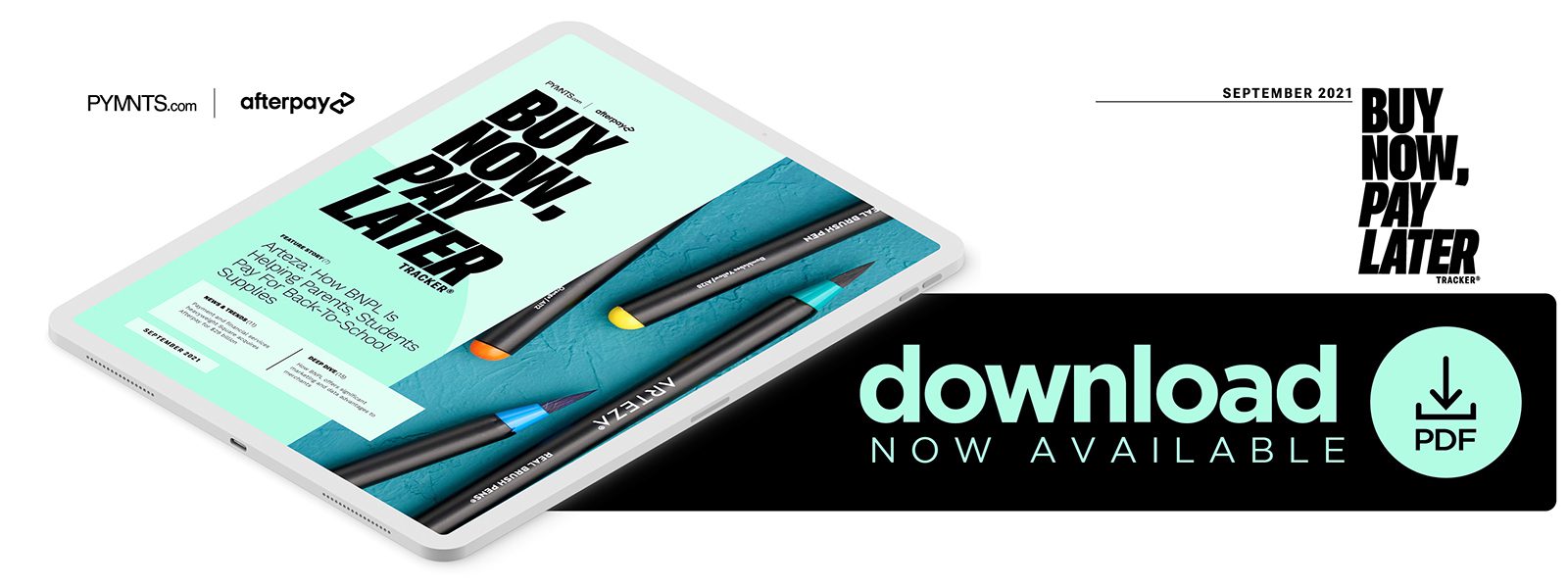Arteza: How BNPL is Helping Parents, Students Pay for Back-to-School Supplies

Parents are poised to spend an average of $850 on school supplies as their children head back to class after a year of lockdowns and learning from home. In the Buy Now, Pay Later Tracker, John Caskey, VP of technology at art supply retailer Arteza, says installment payment plans are taking the sting out of back-to-school buying.
Many students are heading back to the classroom after more than a year of online and hybrid learning. Both kids and parents may be ready for school routines to shift closer to historical norms, but the way families pay for back-to-school supplies may not revert to legacy practices. Some consumers are eager to go back to stores after months of closures, according to John Caskey, vice president of technology at art supply retailer Arteza, but their payment preferences have since evolved.
“I consider (BNPL) … an essential payment method as part of a (full) suite of payment offerings,” he told PYMNTS in a recent interview. “Buy now, pay later options are a central component of a complete payment method offering (and serve) an important function for parents and consumers in general.”
Caskey explained that BNPL reduces the stress that comes with the cost of education, and that consumers who use this payment method are more likely to make purchases of items they are passionate about, such as art supplies. Retailers offering BNPL for the back-to-school season are also likely to see more college-age students purchasing higher-cost items, such as computers and furniture — benefiting both the purchaser and the merchant.
BNPL Increases Consumer Spending
BNPL allows consumers to make purchases they might otherwise forgo or not be able to afford without the benefit of financing, but the method features no costly financing fees or interest, unlike credit cards. BNPL’s adoption rate has risen steadily over the past few years but increased rapidly during the pandemic, when reduced cash flow and tightened budgets led many households to seek out more flexible payment options for luxuries and necessities alike.
“(Arteza has) consistently seen since 2019 that consumers using buy now, pay later payment methods spend more on average than those using cash,” Caskey said.
The growth of eCommerce during the pandemic also played a strong role in exposing shoppers to new payment options such as BNPL. A PYMNTS and Afterpay study found that more than half of consumers have now used BNPL services at least once. In a March 2021 poll, 56% of consumers reported having used a BNPL service, up from 38% in July 2020 — an almost 50% increase in less than one year. Growth in BNPL usage during that time was also age-sensitive, with the largest surges visible in the 18- to 24-year-old and 55-and-older age groups, at 62% and 98%, respectively. The method is increasingly popular in stores as well as online: PYMNTS’ data shows that 26% of millennials paid for their most recent online purchases with BNPL, and 15% did so in stores.
Marketing Opportunities with BNPL
Caskey noted that one of the benefits merchants receive from offering BNPL lies in the marketing opportunities that installment payment providers may offer. Arteza has partnered with BNPL providers, including Afterpay, that allowed the company to market its products to other platforms’ customers to raise awareness of its brand, extending the retailer’s reach and boosting customer engagement.
“It performed as well as any other marketing campaign that we brought in, so it’s definitely the case … that buy now, pay later is an attractive option to consumers that could move the needle in terms of user engagement (and) customer buying behavior,” he said.
BNPL’s popularity both online and in stores suggests its growth will continue as the economy recovers and consumers return to brick-and-mortar shopping, working more in offices and feeling more comfortable spending more. As customers begin to learn about benefits and trust the merchants that are offering it, BNPL will continue to see noticeable growth for years to come.
